In the wake of David Bowie’s passing, there have been many interesting articles making the rounds. Alex Sumner posted one titled “David Bowie: Closet Occultist,” in which he makes the argument that Bowie was secretly an occultist.
He’s halfway right. Bowie was definitely an occultist, but he made no secret about his interests. In fact, he made his interest in the occult very public in his 1971 album Hunky Dory. There are a couple of obvious occult references in this album. My favorite is in the song “Quicksand,” where he sings:
I’m closer to the Golden Dawn
Immersed in Crowley’s uniform
Of imagery
Check out the rest of the lyrics to that song. Bowie was blatant with his interest in the occult in 1971. However, he was also a master of reinventing himself, so his interest in the occult may have waxed and waned through the years. Sumner quotes a 1997 article in which Bowie discusses Aleister Crowley, Dion Fortune, and Arthur Edward Waite. Those three were all part of the general confusion that arose around the Hermetic Order of the Golden Dawn near the turn of the 20th century.
Peter Koenig has a great analysis of occult symbolism in Bowie’s work that he wrote back in 1996. You can read it at this link.
Blackstar and Occult Imagery
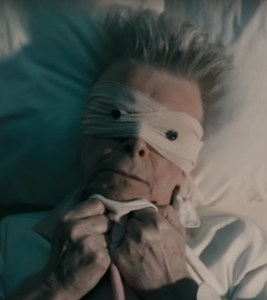 On January 8, 2016, Bowie released his final album, Blackstar. It was his 69th birthday and two days before his death. The album is spooky, melodic, and worth listening to. I haven’t spent very much time listening to the lyrics or watching the videos, and the imagery and symbolism definitely deserves a closer look. In the videos, Bowie appears with his eyes bandaged and pierced by screws.
On January 8, 2016, Bowie released his final album, Blackstar. It was his 69th birthday and two days before his death. The album is spooky, melodic, and worth listening to. I haven’t spent very much time listening to the lyrics or watching the videos, and the imagery and symbolism definitely deserves a closer look. In the videos, Bowie appears with his eyes bandaged and pierced by screws.
The video for “Blackstar” contains interesting symbolism. Near the beginning of the video, a large black star dominates the screen with puzzle-like glyphs of partial stars appearing below it. I’m not sure what it means, but it could be a cipher or a reference to elemental symbolism which is associated with the pentagram in the Golden Dawn.
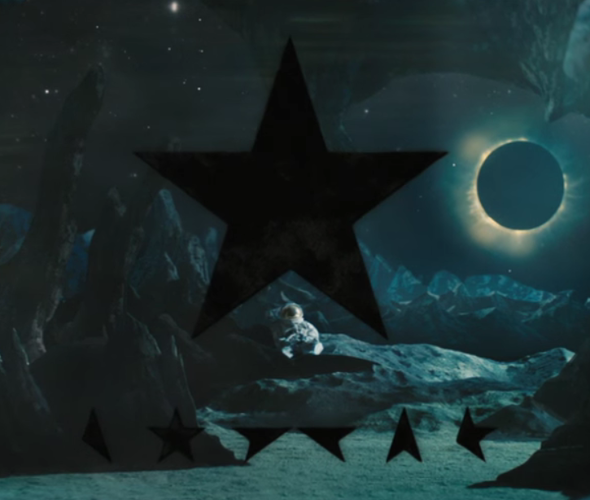
A black star and star glyphs are featured with the dead astronaut and eclipsed star.
Just beneath the center of the black star is a dead astronaut. Later in the video, the helmet opens to reveal a bejeweled skull, encrusted with gems and precious metals. The skull gets taken, but the skeleton is cast up into the eclipsed star. Later, the jeweled skull is venerated in a ritual circle, where it is held by a woman in black who appears to be a priestess. I am not sure what that means. Bowie was a visionary and an artist, and his final piece of art deserves more contemplation than I could give it in such a brief time. Pay attention to these lyrics:
Something happened on the day he died
Spirit rose a metre and stepped aside
Somebody else took his place, and bravely cried
This “Somebody else” then calls out later, “I’m the great I AM.”
A second video, “Lazarus,” also features the skull. It looks like it’s been through a rough time, though. It sits next to Bowie on a desk while he writes.1 Sumner compared this to symbolism from a Masonic rite, and while that may be the inspiration, it reminds me of Saint Jerome,2 who is typically depicted writing at a desk, contemplating a skull. This is an example of a memento mori, or contemplation on one’s own death. What is more fitting for Bowie’s last album?
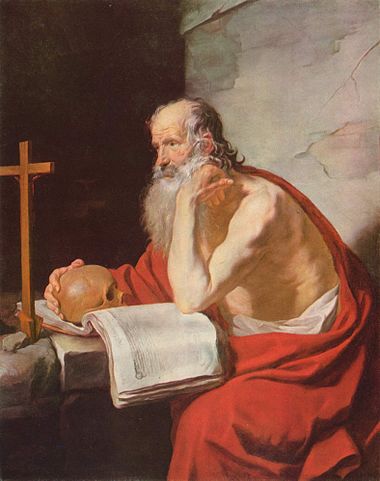
“Saint Jerome” by Jacques Blanchard, 1632. Image courtesy of Wikipedia Commons.
I’m not a David Bowie expert, but it’s always been obvious to me from the portions of his work that I’ve been familiar with that he was a blatant occultist. Even his many changes in persona seemed to me to be inspired by occult practices. I hope that more occultists will pay attention to Bowie’s work, especially occultists who are Bowie experts. Finally, in closing, here’s the video for “Lazarus.”
The featured image is a cropped version of an image by Louise McLaren, which can be found on Flickr. This image is used in concordance with the Creative Commons 2.0 license.


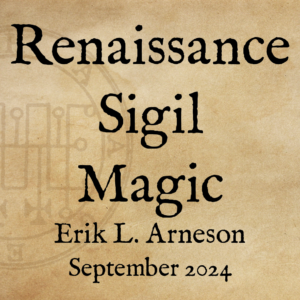
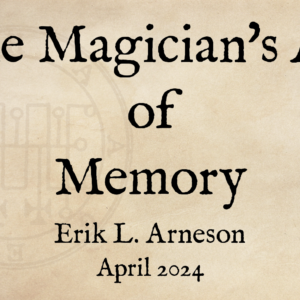
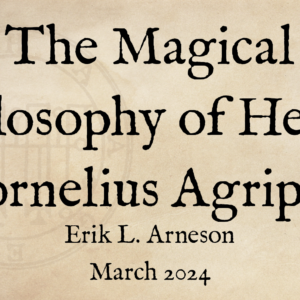
You most definitely should give both songs and their videos close study. You could write an entire post on just the many meanings of the song title ‘Blackstar.’ Besides the reference to a certain type of cancer lesion, and the occult references to the black sun, and the midnight sun in alchemy and mythology, there’s are interesting coincidences on a more personal level.
Evidently, Elvis Presley, who shares a birthday with Bowie (Jan. 8), recorded a song that was never released called ‘Black Star.’ Presley’s ‘Black Star’ was also a song about mortality.
https://youtu.be/w_UHZ_62GCI
Every man has a black star
A black star over his shoulder
And when a man sees his black star
He knows his time, his time has come
Black star don’t shine on me, black star
Black star keep behind me, black star
There’s a lot of livin’ I gotta do
Give me time to make a few dreams come true, black star
Pretty weird, huh? Undoubtedly Bowie was aware of this and used it; its just another example of his artistic multilevel brilliance. Until this final album, Bowie didn’t really use occult themes after Station To Station – or if he did they were extremely subtle; though he clearly seems to have struggled with spiritual issues and questions of mortality all through his career and to the very end. But this last album gives us a context to begin to view Bowie’s artistic and spiritual vision.
apocatastasis
The sigils underneath the big black star are supposed to be the letters “B O W I E.”
I know, I didn’t quite get it either.
After I had spent some time with a Gurdjieff/Ouspensky-based study group, my attention was caught by this lyric from Suffragette City: “Hey man/my school is insane/hey man/my work’s down the drain…”
Station to station is heavily based in kabballah mysticism referencing things like kether and malkuth and “being lost in my circle.” And also makes references to Crowley with the phrase “Making sure white stains.” He’s drawing the tree of life on the back cover in the same outfit he wears in the lazarus video.
[…] history of Freemasonry and its place in society, you will find this book invaluable. If you are a conspiracy theorist, you will find the information in this book valuable, as well. Hopefully it can help enrich your […]